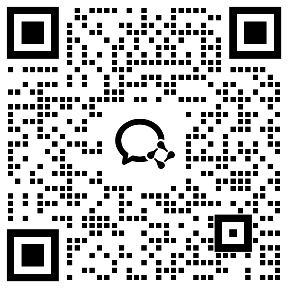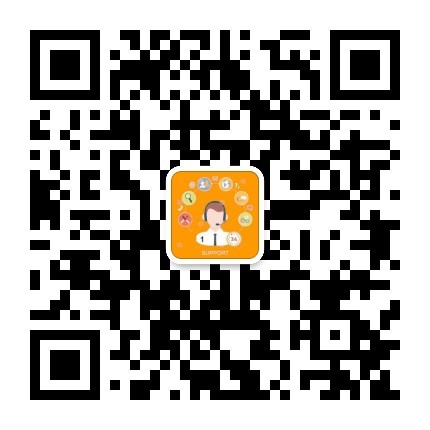課 時(shí) 計(jì) 劃
第 周 星期 年 月 日
課題 Unit2 Where's the post office? (Selfcheck)
教學(xué)
目的 This part students go on learning to ask for and give directions(方向) on the street.
重點(diǎn)
難點(diǎn) 1. Introduce the terms across from, next to, between, and on.
2. Descriptive words such as new, old, dirty, clean.
教 具 Tape-recorder, some pictures , slides
教學(xué)
方法 Task-based, conversation
教
學(xué)
過
程 Grammar focus
Review the grammar box. Ask students to say the questions and answers.
Ask students to circle these words in the grammar focus section of their books: on, across from, next to, and between. Ask, Which words talk about two different buildings? (across/row, next to, and between) Ask, Which one talks about one building all alone!' (on)
Culture note
Many visitors to the United States believe that Americans don't like to answer questions or give directions(方向) to tourists(旅行者)and other visitors. This is not necessarily true. The pace of life is fast in the United States, especially(特別) in big cities. Most people walk quickly, talk quickly, and are in a hurry to get wherever they are going. Also, most Americans speak only one language and aren't used to talking with speakers of other languages. However, when a visitor asks a question,many people are pleased to be able to share their knowledge of their city or their neighborhood. A pleasant smile and a short, direct question will almost always get you the information you need.
Self check
1 This activity provides a comprehensive review of all key vocabulary presented in this unit.
Ask students to check all the words they know. You may wish to have them circle any words that they don't know.
Ask students to find out the meanings of any words they don't know. They can do this by reviewing the unit.Asking you, asking their classmates or using a learner's dictionary or bilingual dictionary.
2 This activity helps build vocabulary by providing a specific time and place for students to record new words.
Ask students to enter five new words in their Vocab-builder on page 108.
After students have recorded their new words, ask them to share their lists with other students. This can be done with the whole class or informally, in pairs or small groups.
3 This activity provides reading practice focusing on the grammatical structures used to ask and say where things are.
Ask students to read the letter and draw the route on the map. Answer any questions students may have.
Check the answers. (You may want to draw a simple copy of the map on the board, and then have one student come and draw the route on it.)
板
書
設(shè)
計(jì) Unit2 Where's the post office? (Selfcheck)
A: Where's the park?
B: The park? Oh, it's across from the bank.
A: Excuse me. Is there a supermarket around here?
B; Yes, it's on Fifth Avenue.
A: Where's the pay phone?
B: It's next to the post office.
教
學(xué)
后
記







